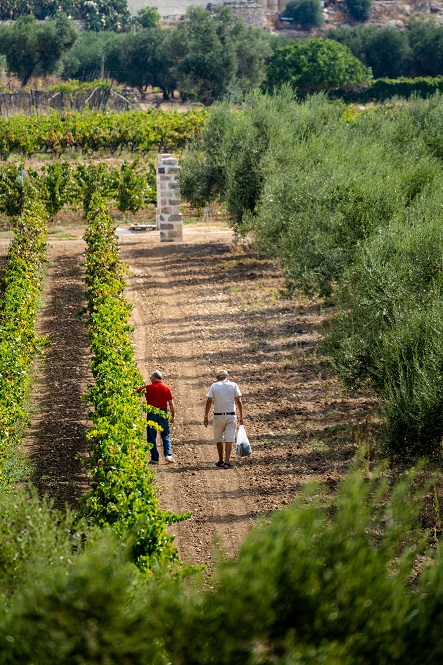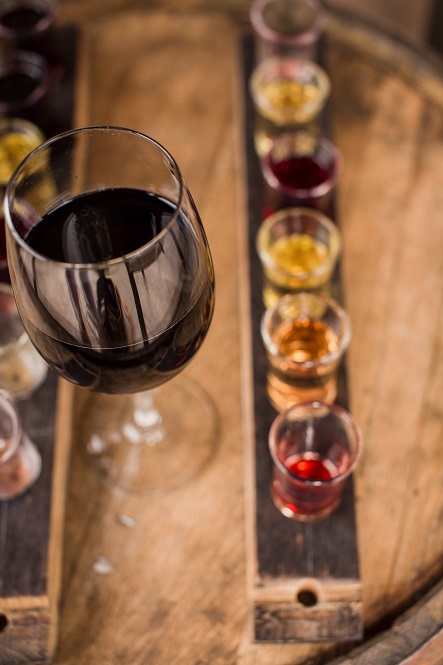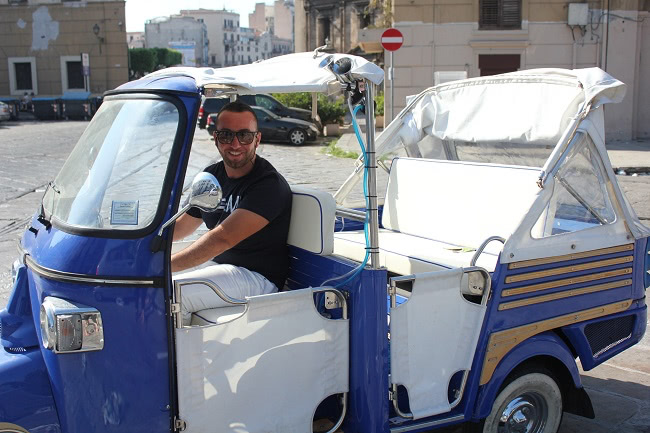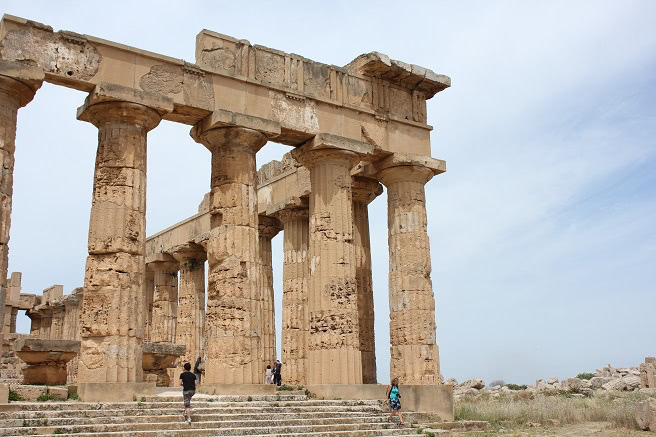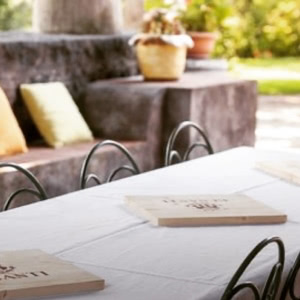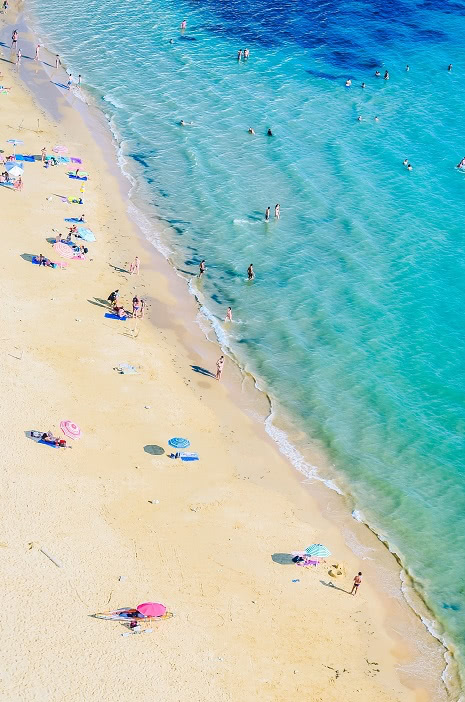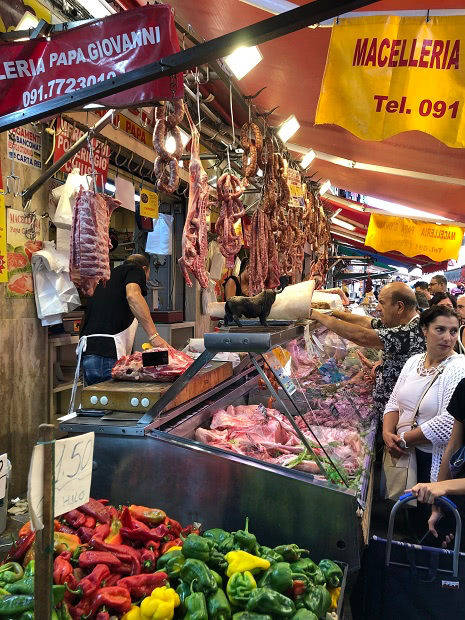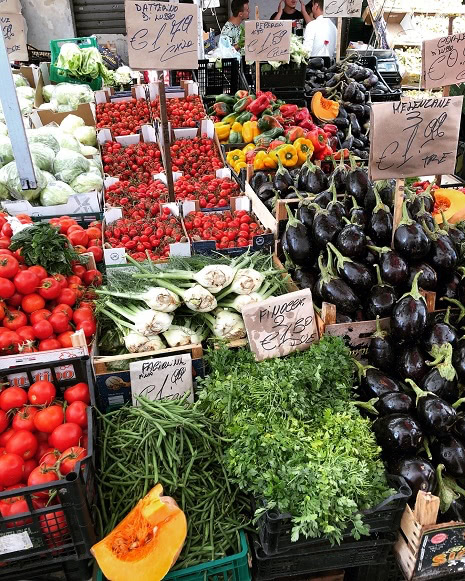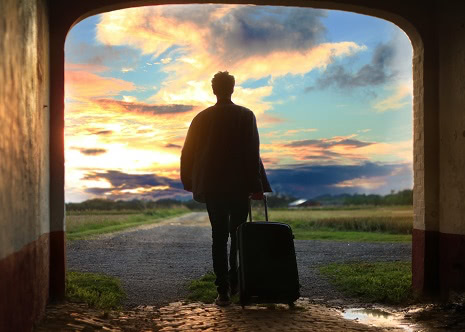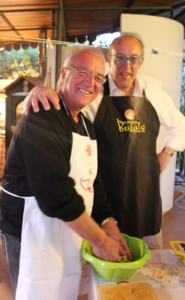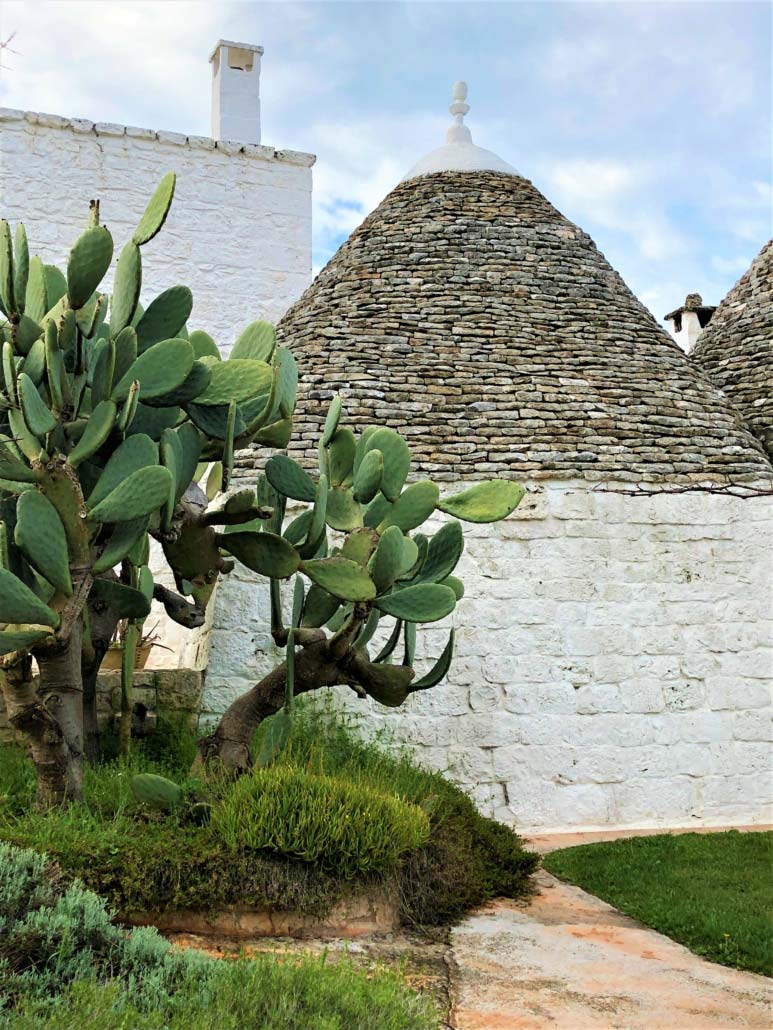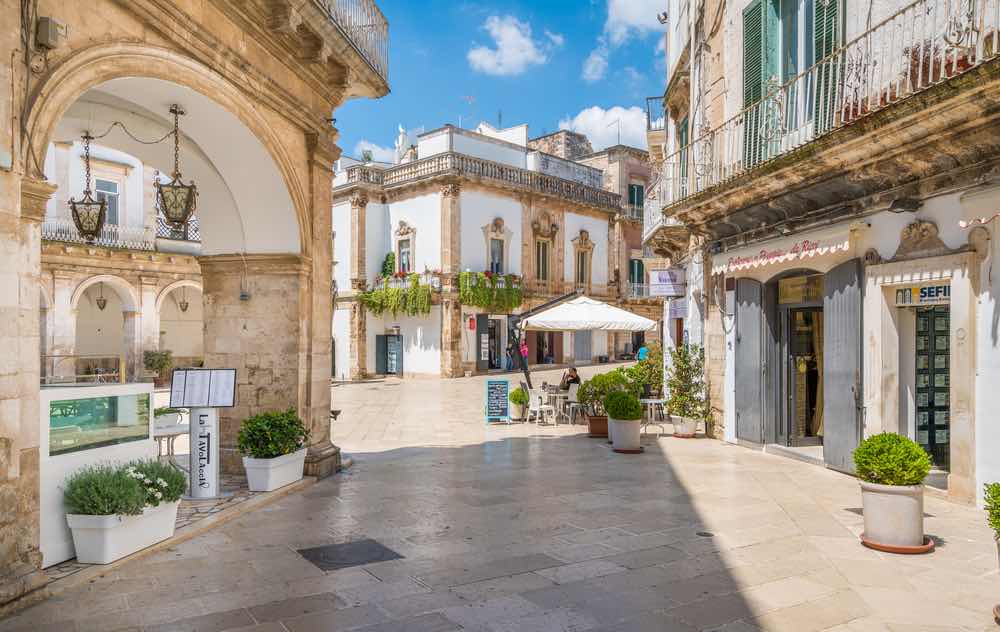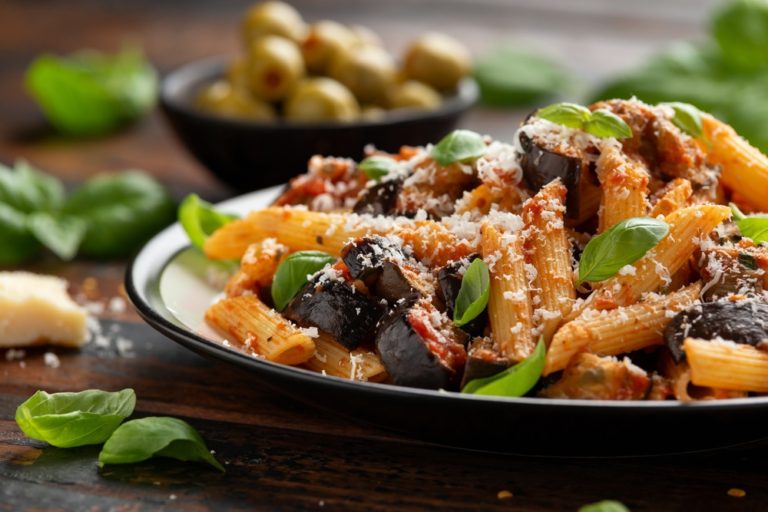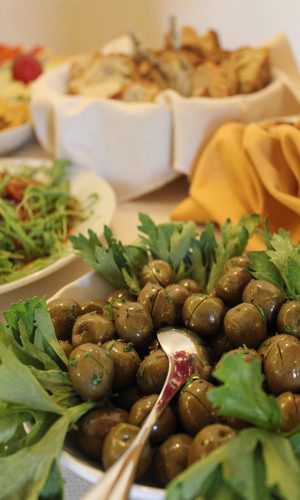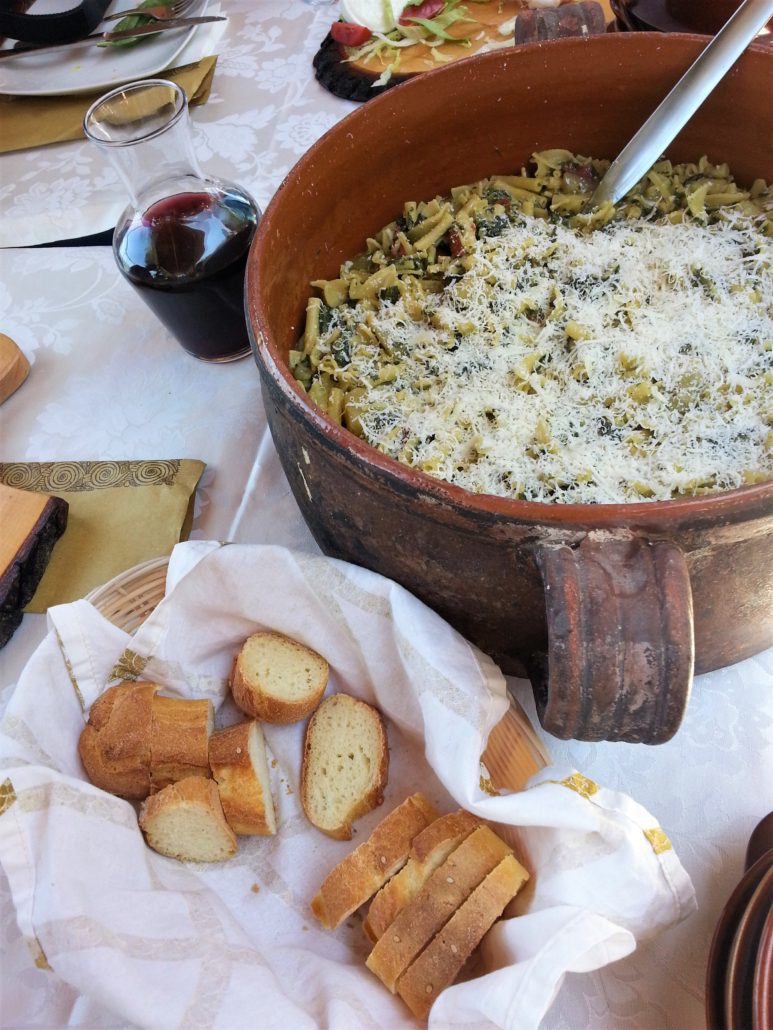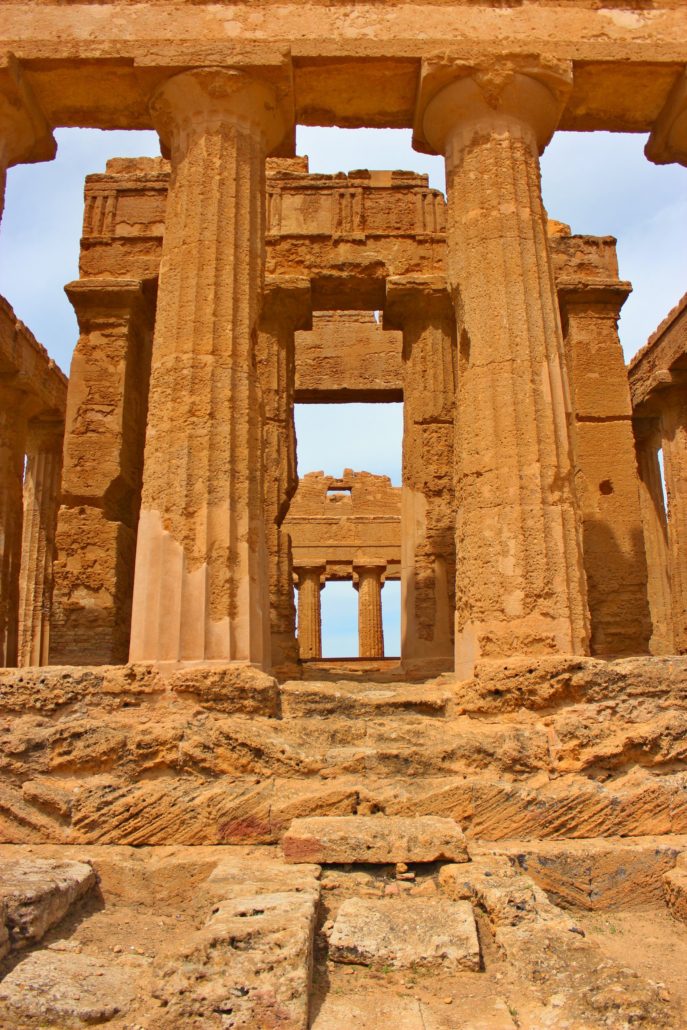Common ingredients used in Italian cooking include pasta, olives, capers, anchovies and cheese.
Mexican cuisine is a vibrant and flavourful blend of traditional ingredients such as corn, beans, chilies, tomatoes, herbs, and spices. It is a culinary tradition that dates back thousands of years to the ancient culture of the Aztecs.
Mexican cuisine utilizes fresh ingredients such as fruits and vegetables, which are used in a variety of ways to create unique and flavourful dishes.
Common ingredients in Mexican cooking include jalapenos, cilantro, onions, garlic, and tomatoes.
So if you’re looking for a new twist on classic meals or just want to learn more about each culture’s food traditions, read on!
Common Ingredients
One of the most notable similarities between Italian and Mexican cuisines is their reliance on fresh ingredients.
Both cultures are known for using a variety of fresh herbs, vegetables, fruits, spices, and other flavourful ingredients in their dishes.
For example, garlic and tomatoes are two ingredients used frequently in both cuisines. Olive oil is a common ingredient in Italian cooking, while chilies are often used in Mexican dishes.
Regional Variations
Italian and Mexican cuisines share many similarities, not just in ingredients but in cooking styles as well.
For example, both cultures favour the use of slow-cooking methods such as simmering and roasting, which bring out the natural flavours of their dishes.
Both are known for their intense seasonings and spices like garlic, chilies, oregano, cumin, and paprika.
Cooking Techniques
Italian and Mexican cuisines both feature an abundance of fresh, vibrant ingredients that are used to create flavourful dishes.
Both cultures rely heavily on vegetables, herbs, and spices like garlic, chilies, oregano, cumin, and paprika for intense flavour.
Both cuisines favour slow-cooking methods such as simmering, baking, and roasting to bring out the natural flavours of their ingredients.
Simmering
This is a popular cooking technique used by both Italian and Mexican cuisines. It involves slowly cooking foods in liquid over low heat, allowing the flavours of the ingredients to blend and deepen.
Simmering is an important cooking technique used in both Italian and Mexican cuisines to bring out the intense flavours of a dish.
In Italian cuisine, simmering is often used to make soups, stews, sauces, casseroles, and other cooked dishes. Onions and garlic are commonly added to the liquid while simmering to enhance the flavour.
In Mexican cuisine, simmering is often used to make salsas and sauces like a mole, which feature a combination of sweet, sour, and spicy flavours.
Baking
Another popular cooking technique used by both Italian and Mexican cuisines.
Baking allows for a slower, more even cooking process, which helps to bring out the natural flavours of the ingredients.
In Italian cuisine, baking is often used to prepare dishes like lasagne, pizza and focaccia bread.
Meanwhile, in Mexican cuisine, baking is used to create dishes like tamales and enchiladas.
Roasting
This is a popular technique in both Italian and Mexican cuisines.
It is a dry-heat method that uses hot air to cook food at high temperatures, allowing the ingredients to caramel and develop a rich flavour.
Roasting typically takes longer than baking or simmering, but the results are worth it. In Italian cuisine, roasting is often used to prepare dishes like roast chicken and pork.
In Mexican cuisine, roasting is used to create dishes such as roasted peppers and tacos al pastor.
Flavour Profile Comparisons
Italian and Mexican cuisines have a lot in common when it comes to flavour profiles. Both offer dishes that are hearty, flavourful, and rustic.
The flavours of Italian cuisine come from the liberal use of olive oil, garlic, onions, tomatoes, and herbs.
On the other hand, Mexican cuisine favours chilies, coriander, garlic, tomatoes, and other spices to create its signature flavour profile.
Similar Presentation Styles
Italian and Mexican cuisines share a lot of similarities when it comes to presentation styles.
Both rely on vibrant colours and presentation techniques that draw the eye and elevate the dining experience.
For example, Italian dishes often feature an abundance of vegetables, such as tomato and onion slices, which are artfully arranged on plates.
Likewise, Mexican cuisine also uses vibrant visual appeal, such as colourful salsa and guacamole toppings.
Both cultures also favour plating food with vibrant garnishes like olives, peppers, or cilantro sprigs.
Countries Where They Meet
Both Italian and Mexican cuisine has many surprising similarities in their ingredients, preparation styles, and flavours.
Although these two cuisines come from different parts of the world, they share a surprisingly large number of culinary connections.
Surprisingly enough, these similarities can be found in countries around the world where both cultures have had an influence.
United States
In the United States, Italian and Mexican cuisines have been combined in ways that are unexpected but delightful.
For instance, tacos often include toppings like mozzarella cheese or marinara sauce.
Enchiladas may be filled with ricotta cheese and topped with a savory tomato sauce.
Both cultures can also be seen in the popular Tex-Mex dishes, such as chili con queso and nachos.
Colombia
Cartagena, Colombia is an amazing city that offers some of the best of both Italian and Mexican cuisine.
Cartagena is known for its vibrant culture and beautiful architecture and notably scrumptious cuisine, making it a great destination for travellers looking to experience the culinary fusion of Italian and Mexican cuisines.
Spain
Spain is another great destination to experience Italian and Mexican cuisines.
Spain has a unique style of food preparation, known as ‘tapas’, which combines ingredients from both cultures, such as olives, tomatoes, peppers, and chorizo.
This type of cooking also gives an exciting twist to classic Italian pasta dishes by adding Mexican flavours such as chilli and coriander.
The widespread influence of Italian and Mexican cuisines can be seen around the world. In many countries, Italian-style pizzerias and Mexican-style taco stands are ubiquitous.
Final Word
The merging of Italian and Mexican cuisines creates a unique gastronomic experience and allows for the creation of flavourful dishes.
From fusion restaurants to food trucks, these two cultures offer an abundance of flavours and textures that can be combined in exciting ways.
For instance, Italian Mexican fusion restaurants such as Itamex typically offer dishes such as spaghetti and meatballs or fajitas with fresh vegetables.
By combining the fresh ingredients, intense spices, and slow-cooking methods that are common in both cuisines, a delicious meal is sure to be enjoyed by all.
With a little imagination and skillful preparation, Italian and Mexican cuisine can come together to create flavourful dishes that are sure to satisfy.

